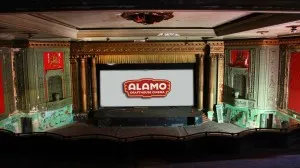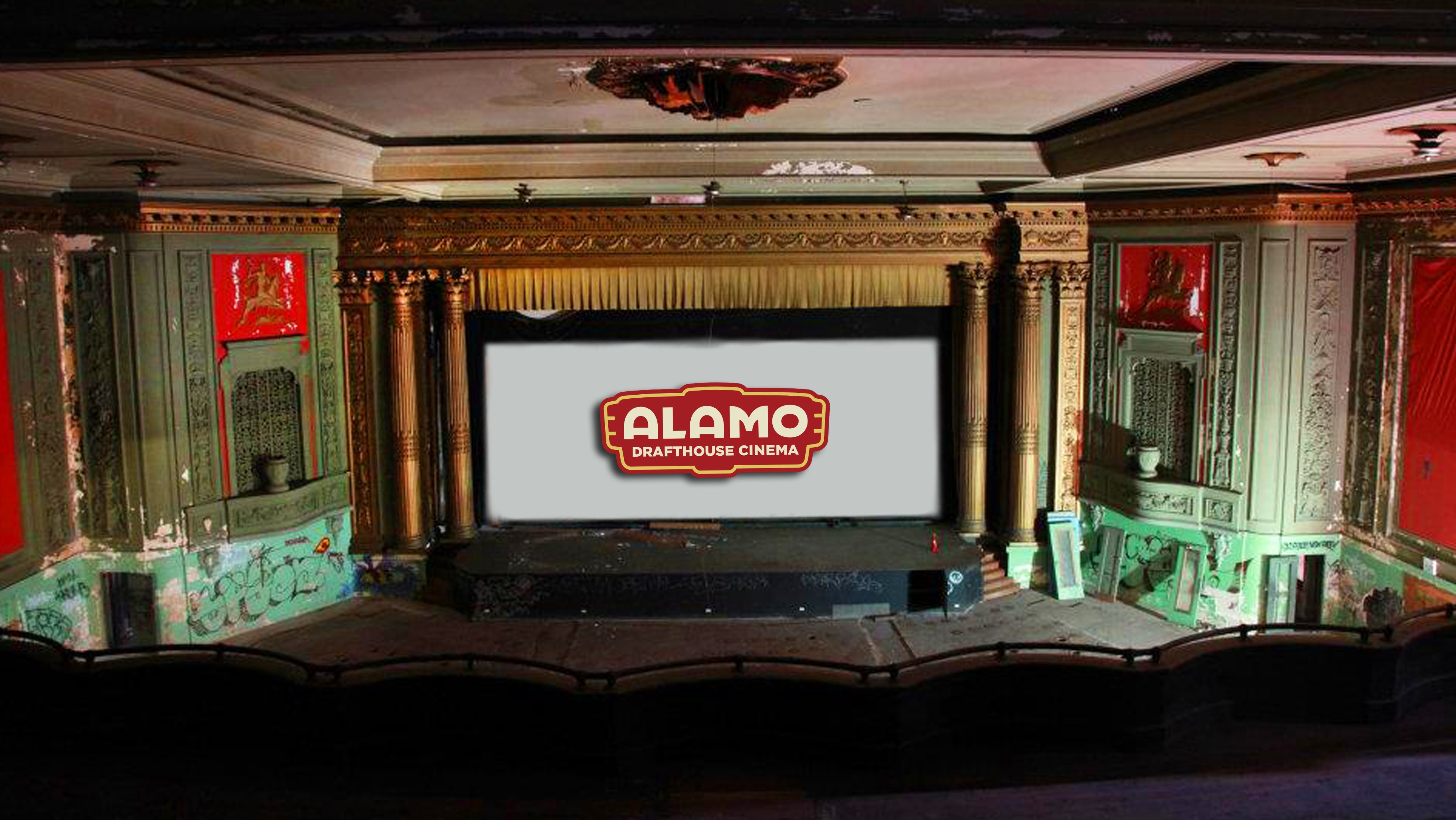Located in the Mission District of San Francisco, the New Mission Theatre stands as a remnant of a once vibrant community. Constructed in 1910, this art deco-style theatre once served as a community center for entertainment. Today, Alamo Drafthouse Cinema is taking enterprising steps to restore this historic landmark to its original iconic status.

Based out of Austin, Tex., Alamo Drafthouse Cinema specializes in creating an eclectic movie experience. In addition to screening a variety of modern and older movies, Alamo Drafthouse theaters serve dinner and drinks with each movie showing. With his wild success in Texas, Alamo Drafthouse CEO Tim League’s next step seemed obvious: Go to California. For League, expanding the company’s unique dining, drinking and movie viewing experience to California seemed natural. The city where his parents met, San Francisco is League’s self-proclaimed favorite city in the world, and when an opportunity to build a theater there arose, League pounced on it.
“I got a heads up from an old college friend of mine who lived in the Mission,” League said. “I made a trip out to San Francisco only a month afterwards to cruise around the neighborhood.”
Because of its inclusion on the National Register of Historical Places, the New Mission Theatre presented itself as a project with many strings attached. Carried out by the Turnbull & Page firm, the Historic Research Determination was submitted to the San Francisco Planning Department and approved in January 2013 by its Architectural Review Committee.
According to Jay Turnbull, principal partner of Turnbull & Page, the firm had to start its evaluation “from the outside in, with the most important things first, so that when we had this list, we could figure out ways that the building could be changed without necessarily compromising the most important pieces.”
To Tim League, the most important piece of the theatre was obvious: the iconic New Mission Theatre sign. As League described it, this exterior sign stands as a “staggering icon” of community entertainment in the past. While much emphasis has been placed on refurbishing the façade, restoration will extend to the interior of the building. The inside of the theatre boasts details like art deco metalwork, Greek key-motif plaster moldings and ornate pilasters, all of which are deemed “character-defining features” by the San Francisco Planning Department.
According to project architect Richard Weiss, restoration of the New Mission Theatre was more extensive than the restoration of the Alamo Drafthouse’s flagship theatre, the Ritz, in Austin, Texas.
As opposed to regulations in Texas, Weiss commented that “in California, you have to look at the historical value of each surface,” interior and exterior. While this approach undoubtedly spiked costs, League said, “I agree with that, and I’m happy this project still makes financial sense even in undertaking the historic renovation.”
Though meticulous emphasis was placed on preserving physical details of the building, Tim League made his primary intention clear.
“We want to be a community, cultural center for the neighborhood,” League said. The biggest alterations to the building were made in effort to preserve the historical spirit of the theatre. Instead of keeping the venue a single-screen theatre, Alamo Drafthouse split the interior into five different cinemas. Two cinemas will be fairly large in size, and the remaining three will be what League calls “micro cinemas.”
With the division of one large theatre into five smaller theatres comes the ability for Alamo Drafthouse to run their usual program of movies. From old films to arts films to modern, popular films, this cinema will appeal to the diverse interests of the Mission District community.
“Films usually play for six weeks,” Weiss explained. “We didn’t want the family living down the road to only be able to visit the theatre once every six weeks until the next movie came out.”
Months away from completing the theatre, League has already worked to involve the community. “We hosted a couple of community forums where people toured the facility before we started our work” League stated, “and we have somebody that’s a community liaison that’s there, taking the voice of the community.”
Through the process of restoring the New Mission Theatre, Alamo Drafthouse is embracing what Turnbull calls “the real kernel of why we hold on to historic buildings: They populate our memory and form our imagination, and to lose all of them would be a real shame.”
